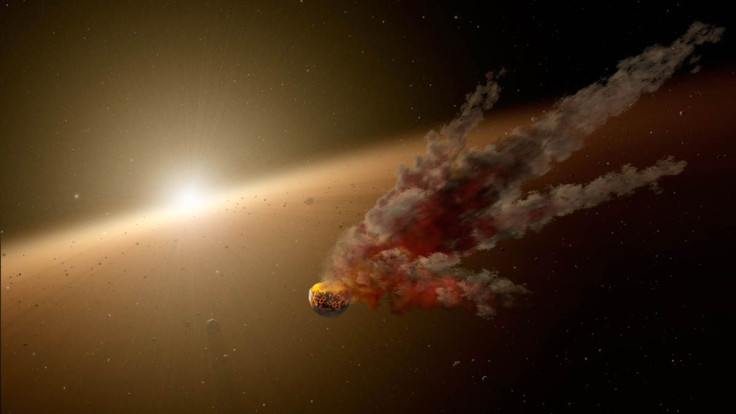NASA Asteroid Tracker: New 112-Foot NEO Headed For Earth Today

NASA has spotted an asteroid that’s currently headed for Earth. According to the space agency’s Center for Near Earth Objects (CNEOS), the approaching asteroid is about as long as two semitrailers.
The incoming asteroid has been identified by CNEOS as 2019 QR. According to the agency’s database, the asteroid is currently moving at a speed of 16,105 miles per hour and has an estimated diameter of around 112 feet.
Based on the asteroid’s size, 2019 QR is a bit on the small side and will most likely not reach the ground if it enters Earth’s atmosphere. Although the asteroid will probably detonate mid-air, this does not automatically mean that it won’t create a significant amount of damage.
Back in 2013, an asteroid that was only about 66 feet long entered Earth’s atmosphere and exploded over Russia. It released kinetic energy that’s 33 times more powerful than the atomic bomb dropped on Hiroshima, Japan in World War II. The event damaged more than 7,000 structures in the surrounding area and left about 1,500 people injured.
As for 2019 QR, it is expected to approach Earth on Aug. 27 at 10:46 am EDT. During its approach, the asteroid will be about 0.03014 astronomical units or roughly 2.8 million miles from the Earth’s center.
According to CNEOS, 2019 QR is known as an Apollo asteroid, which means it has a very wide orbit around the Sun and the Earth. From time to time, the orbit of an Apollo asteroid intersects with that of Earth as it goes around the massive star.
Due to the asteroid’s close flybys with the planet, it has been classified by CNEOS as a near-Earth object (NEO). As explained by the agency, NEOs are space rocks that have been nudged into a path that passes near Earth.
“Near-Earth objects are comets and asteroids that have been nudged by the gravitational attraction of nearby planets into orbits that allow them to enter the Earth’s neighborhood,” CNEOS stated.
“Composed mostly of water ice with embedded dust particles, comets originally formed in the cold outer planetary system while most of the rocky asteroids formed in the warmer inner solar system between the orbits of Mars and Jupiter,” the agency added.
© Copyright IBTimes 2024. All rights reserved.





















